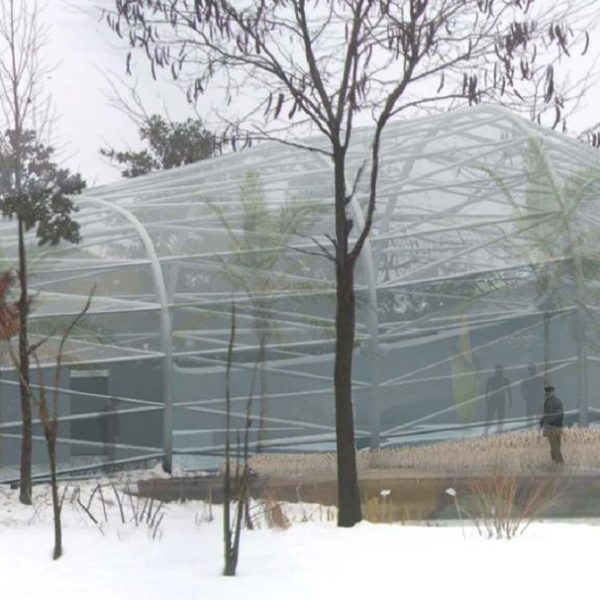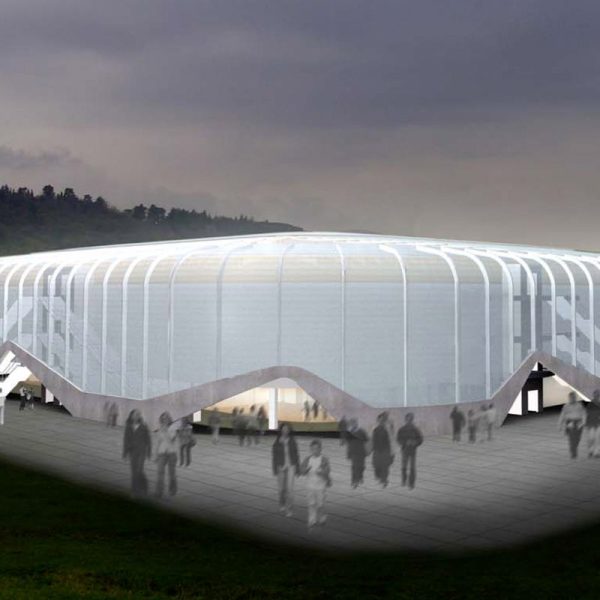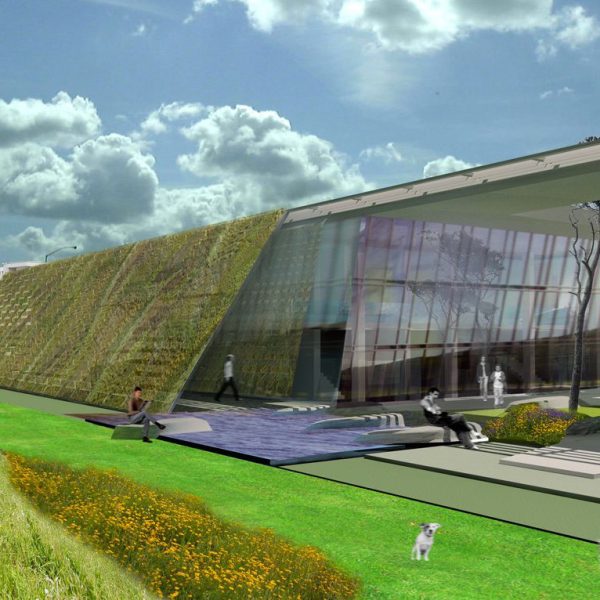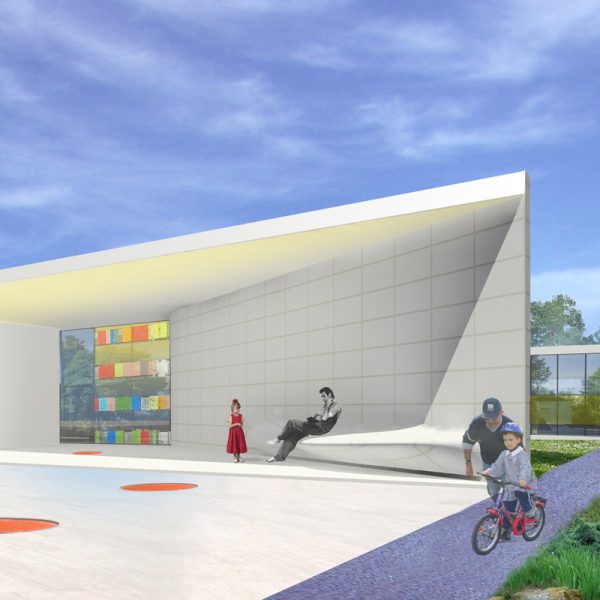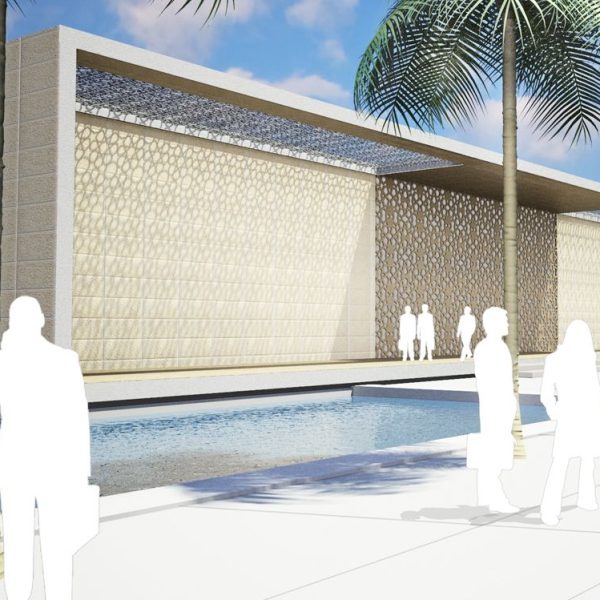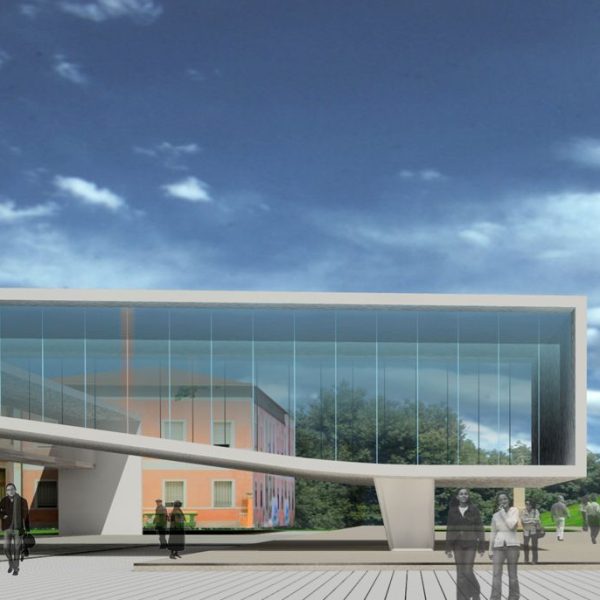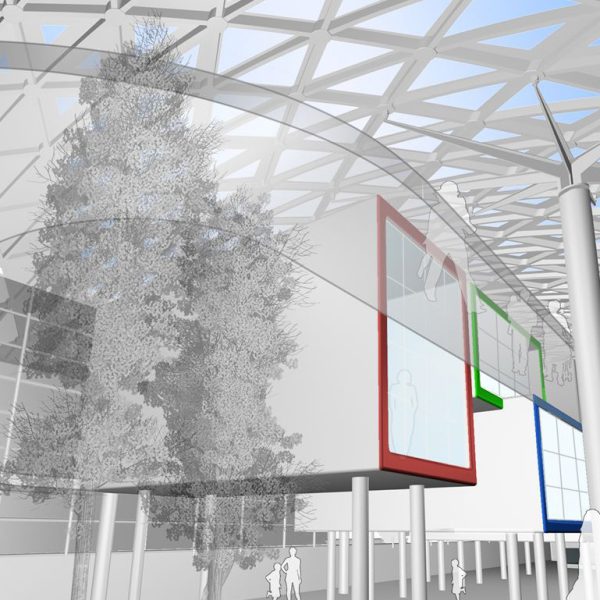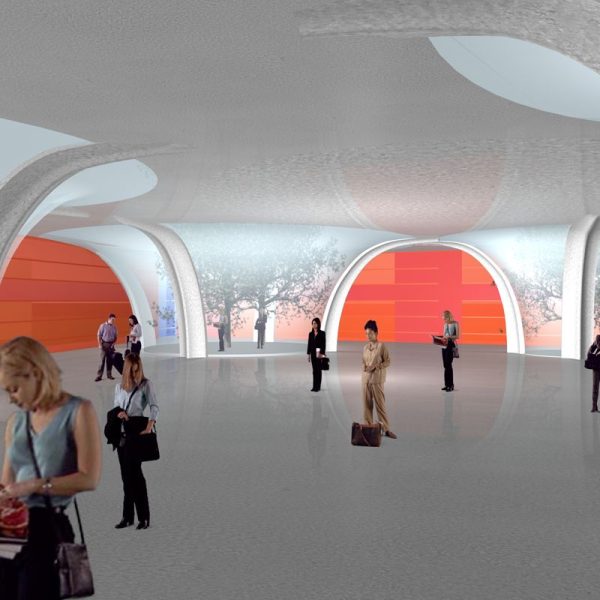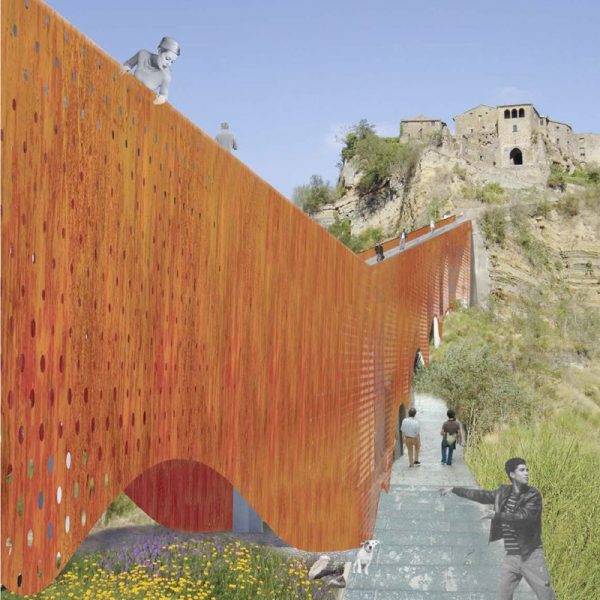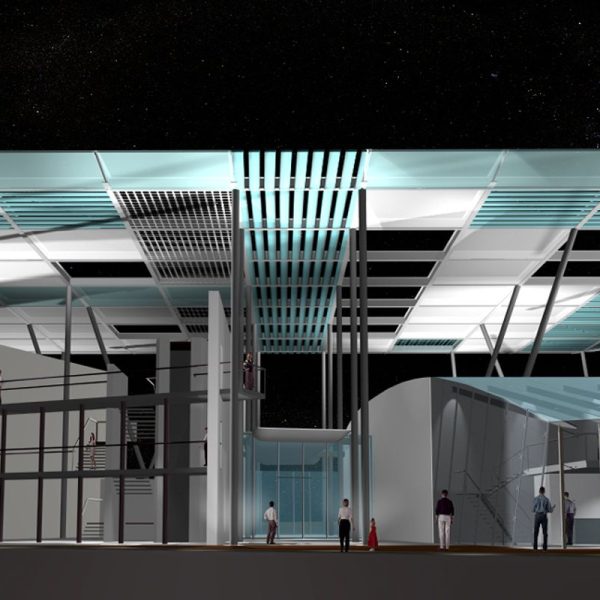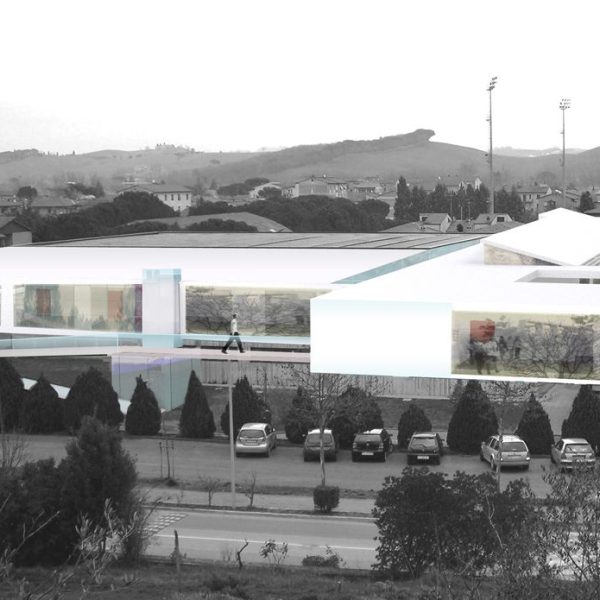2006
Salerno
Anas Concorso internazionale di Progettazione
The elements that the call requires to “value” are archaeological remains, the nature of the nearby park and the main theme: the “RECOVERY OF THE ABANDONED MOTORWAY” with renaturalization and landscape enhancement. The transformation of the site with the old motorway is not the last reason for environmental degradation, but at the same time the element that inspired our project. The entire project process has been directed with sensitivity towards choices of very low environmental impact, eco-sustainable and with elimination of any architectural barrier. Having placed the NEW FACTORY on the site of the disused highway has many advantages, including the location of the museum plant on the area of the current disused highway, the lifting and idealistic maintenance of the deformed road surface, as a crowning of the building below, a kind of overturning of the section of road in architecture in trench with the last section of the building that becomes open, connecting to the converted ecological corridor. The new Factory condenses under its long and undulating architectural development, the result of the geometric abstraction of the road axis in a DEFORMED TELLURIC, all functions provided for by the call, some in the hypogeal part and others always contained in the sky-line of the maximum share of the old road survey. The fundamental point of the composition of the project is that FABRICA with its functions is “ALIVE”, in “MOVEMENT” in its conception of fluid space semi-open, place of stimulating experiences for every age group, for every social class, in the name of multiculturalism. In restoring an “environmental and landscape quality” we proceeded with a kind of “STYLISTIC RESTORATION” of the landscape that draws its figurative references not in the existing nature and landscape features, but in the landscape representations, Testimony of a nature still uncontaminated and “inviolate” pre-industrial era. As for a work of art, a cultural asset, a historic building, we sought historical documents, contemporary to the property, that were able to legitimize the choices for the restoration work. In the “restoration”, therefore, nature was not taken as a model but the works of art depicting nature as it was in 700/800, pre-modern era landscapes for the “stylistic restoration” of the current nature plundered of its significant elements








